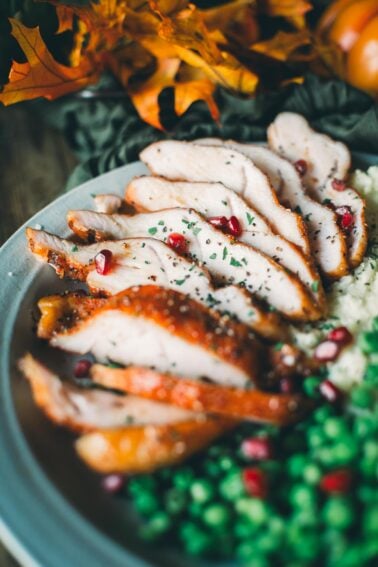As a home cook, you’ve probably heard that brining your meat can make it juicier and more flavorful. But have you ever wondered why that is? The answer lies in the science of brining. Understanding the basic principles behind this culinary technique can help you improve your cooking skills and create mouthwateringly juicy dishes every time. Here’s a deeper look into the science of brining, its magic ingredients, and how you can perfect the process to enhance the quality of your meat. Let’s dive right in.
The Basic Principles of Brining: Understanding Osmosis and Diffusion

The science behind brining revolves around two key concepts: osmosis and diffusion. When meat is immersed in a brine solution, osmosis causes the meat to absorb the liquid, resulting in a juicier cut. Simultaneously, diffusion works to distribute the salt evenly throughout the meat, contributing to a uniform flavor profile.
This process is more than just a simple soak. It’s a scientific reaction that enhances the texture and taste of your meat. For an in-depth understanding of osmosis and diffusion in the context of brining, check out this informative article on The Science of Wet Brining.
The Magic Ingredient: How Salt Enhances Meat’s Moisture Retention

Salt is the star player in a brine solution. It not only seasons the meat but also changes its protein structure, enabling it to retain more moisture. This is why brined meat stays juicy even after cooking. Salt molecules interact with the protein fibers, causing them to swell and trap water.
Without salt, the meat would lose much of its moisture during cooking, resulting in a dry, less appetizing texture. For a closer look at how salt affects the moisture retention of meat, visit Discover Magazine‘s explanation on the subject.
The Role of Other Brining Ingredients: Sugar, Herbs, and Spices

While salt is the primary actor, other ingredients like sugar, herbs, and spices play supporting roles in a brine. Sugar helps to balance the saltiness and aids in browning during cooking. Herbs and spices infuse additional flavors into the meat, elevating its taste to a whole new level.
Remember, the ingredients you choose can significantly influence the final result. For tips on selecting the right herbs and spices for your brine, refer to this Food52 article.
The Perfect Brine: Ratios and Recipes for Optimal Juiciness

Creating the perfect brine requires the right ratio of salt to water. Generally, a good starting point is a solution of 5% to 8% salt by weight. However, the exact ratio can vary depending on the type of meat and your personal taste. For specific brine recipes and ratios to achieve optimal juiciness, check out this Slate article on brining chicken and pork.
Beyond Juiciness: Other Beneficial Effects of Brining on Meat Quality

Brining also brings additional benefits to meat quality beyond juiciness. It helps tenderize the meat, making it softer and easier to chew. Moreover, brining can reduce the cooking time, as the salt breaks down the protein structure, allowing heat to penetrate faster.
For more insights into the beneficial effects of brining on meat quality, you can refer to this comprehensive guide on People Also Ask.
Hungry for more? Subscribe to our newsletter and become part of the world’s best meat community! From grilling tips to smoky secrets, we send you the best recipes, guides, and expert advice to master every cut.













